Copyright 2012 by Tyler Hamilton and Daniel Coyle
All rights reserved.
Published in the United States by Bantam Books, an imprint of The Random House Publishing Group, a division of Random House, Inc., New York.
B ANTAM B OOKS and the rooster colophon are registered trademarks of Random House, Inc.
eISBN: 978-0-345-53043-1
www.bantamdell.com
Jacket design: Tom McKeveny
Jacket photograph: Patrick Kovarik/AFP/Newscom
v3.1_r1
If you shut up the truth and bury it under the ground, it will but grow and gather to itself such explosive power that the day it bursts through it will blow up everything in its way.
mile Zola
Contents
THE STORY BEHIND THIS BOOK
Daniel Coyle

THE STORY BEHIND THIS BOOK
Daniel CoyleIN 2004, I MOVED TO SPAIN with my family to write a book about Lance Armstrongs attempt to win his sixth Tour de France. It was a fascinating project for many reasons, the biggest being the mystery glowing at its center: Who was Lance Armstrong, really? Was he a true and worthy champion, as many believed? Was he a doper and a cheat, as others insisted? Or did he live in the shadowy space in between?
We rented an apartment in Armstrongs training base of Girona, a ten-minute walk from the fortresslike home Armstrong shared with his then-girlfriend, Sheryl Crow. I lived fifteen months on Planet Lance, spending time with Armstrongs friends, teammates, doctors, coaches, lawyers, agents, mechanics, masseuses, rivals, detractors, and, of course, Armstrong himself.
I liked Armstrongs abundant energy, his sharp sense of humor, and his leadership abilities. I didnt like his volatility, secrecy, or the sometimes bullying way he would treat teammates and friendsbut then again, this wasnt tiddly winks: it was the most physically and mentally demanding sport on the planet. I reported all sides of the story as thoroughly as I could, and then wrote Lance Armstrongs War, which several of Armstrongs teammates judged to be objective and fair. (Armstrong went on record as saying he was okay with the book.)
In the months and years after the book was published, people often asked me if I thought Armstrong doped. I was 5050 on the question, with the likelihood rising steadily as time passed. On one hand, you had the circumstantial evidence: Studies showed dope boosted performance 1015 percent in a sport where races were often decided by a fraction of a percentage point. You had the fact that almost every other rider who stood on the Tour de France podium with Armstrong was eventually linked to doping, along with five of Armstrongs U.S. Postal Service teammates. You had Armstrongs longtime close association with Dr. Michele (pronounced mi-KEL-ay) Ferrari, aka Dr. Evil, the mysterious Italian acknowledged as one of the sports most infamous doctors.
On the other hand, you had the fact that Armstrong had passed scores of drug tests with flying colors. You had the fact that he defended himself vigorously, and had prevailed in several high-profile lawsuits. Plus, in the back of my mind there was always the fallback reasoning: if it turned out that Armstrong was doping, then it was a level playing field, wasnt it?
Whatever the truth, I was 100 percent sure that I was never going to write about doping and/or Armstrong again. To put it simply, doping was a bummer. Sure, it was fascinating in a cloak-and-dagger sort of way, but the deeper you went, the nastier and murkier it got: stories of dangerously unqualified doctors, Machiavellian team directors, and desperately ambitious riders who suffered profound physical and psychological damage. It was dark stuff, made darker during my time in Girona by the deaths of two of the Armstrong eras brightest stars: Marco Pantani (depression, cocaine overdose, age thirty-four) and Jos Mara Jimnez (depression, heart attack, age thirty-two), and the suicide attempt of another star, thirty-year-old Frank Vandenbroucke.
Surrounding it all, like a vault of hardened steel, was the omert: the rule of silence that governs professional racers when it comes to doping. The omerts strength was well established: in the sports long history, no top-level rider had ever revealed all. Support riders and team personnel who spoke about doping were cast out of the brotherhood and treated as traitors. With so little reliable information, reporting on doping was an exercise in frustration, especially when it came to Armstrong, whose iconic status as a cancer-fighting citizen saint both drew scrutiny and sheltered him from it. When War was finished, I moved on to other projects, content to see Planet Lance receding in my rearview mirror.
Then, in May 2010, everything changed.
The U.S. government opened a grand jury investigation into Armstrong and his U.S. Postal team. The lines of inquiry included fraud, conspiracy, racketeering, bribery of foreign officials, and witness intimidation. The investigation was led by federal prosecutor Doug Miller and investigator Jeff Novitzky, whod played major roles in the Barry Bonds/BALCO case. That summer, they began to shine a bright spotlight into the darkest corners of Planet Lance. They subpoenaed witnessesArmstrong teammates, staffers, and friendsto testify before a Los Angeles grand jury.
I began to receive calls. Sources told me that the investigation was big and getting bigger: that Novitzky had uncovered eyewitness evidence that Armstrong had transported, used, and distributed controlled substances, and evidence that he may have had access to experimental blood replacement drugs. As Dr. Michael Ashenden, an Australian anti-doping specialist who had worked on several major doping investigations, told me, If Lance manages to get out of this one, hell be bloody Houdini.
As the investigation progressed, I began to feel the tug of unfinished business, the sense that this might be an opportunity to discover the real story of the Armstrong era. The problem was, I couldnt report this story on my own. I needed a guide, someone who had lived in this world and was willing to break the omert. There was really only one name to consider: Tyler Hamilton.
Tyler Hamilton was no saint. He had been one of the worlds top-ranked, best-known racers, winner of the Olympic gold medal, until he was busted for doping in 2004 and exiled from the sport. His connection to Armstrong went back more than a decade, first as Armstrongs top lieutenant on U.S. Postal from 1998 to 2001, then as a rival when Hamilton left Postal to lead CSC and Phonak. The two also happened to be neighbors, living in the same Girona building, Armstrong on the second floor, Hamilton and his wife, Haven, on the third.
Before his fall, Hamilton had been regarded as the sort of Everyman hero sportswriters used to invent in the 1950s: soft-spoken, handsome, polite, and tough beyond conventional measure. He hailed from Marblehead, Massachusetts, where he had been a top downhill skier until college, when a back injury caused him to discover his true calling. Hamilton was the opposite of a flashy superstar: a blue-collar racer who slowly, patiently ascended the pyramid of the cycling world. Along the way, he became known for his unparalleled work ethic, his low-key, friendly personality, and, most of all, his remarkable ability to endure pain.


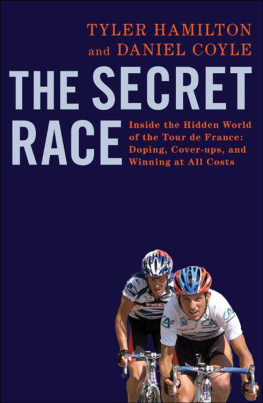
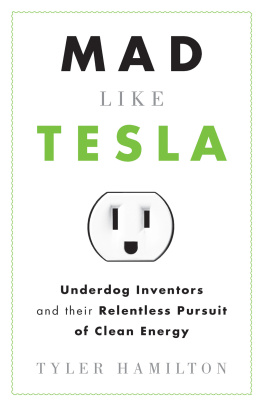
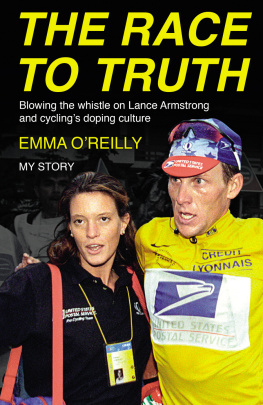
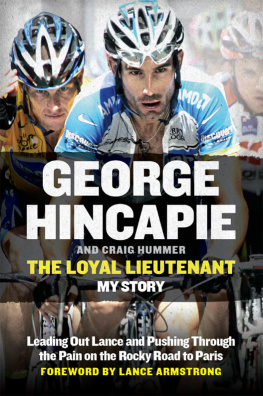
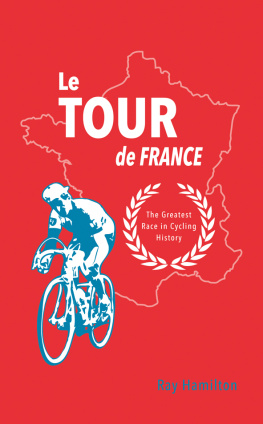
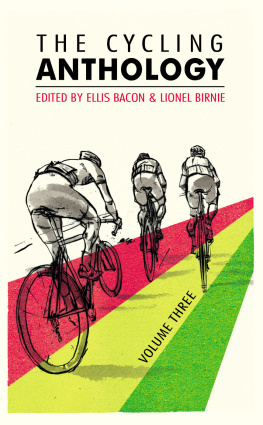
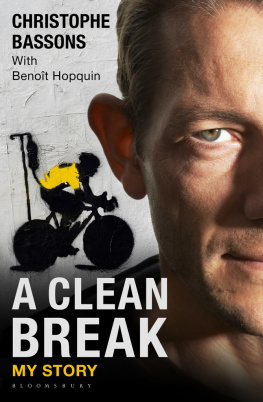
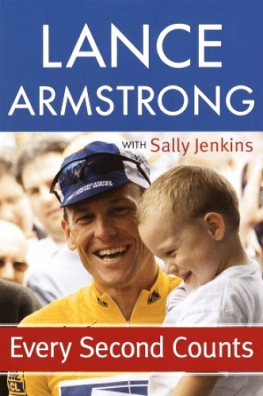
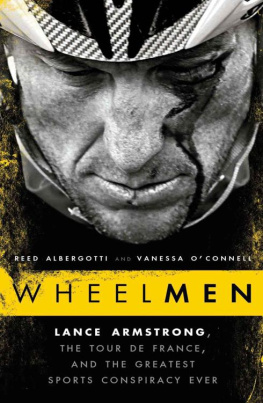
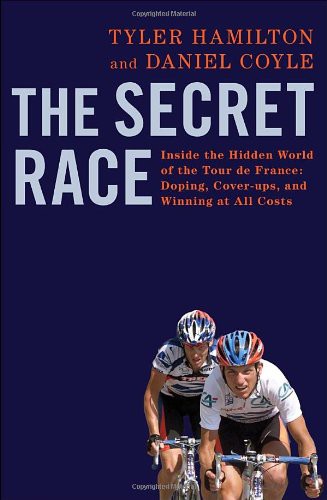
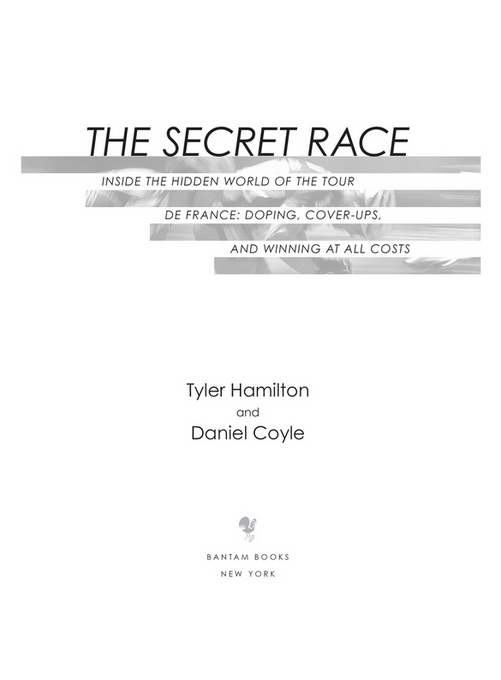
 THE STORY BEHIND THIS BOOK
THE STORY BEHIND THIS BOOK